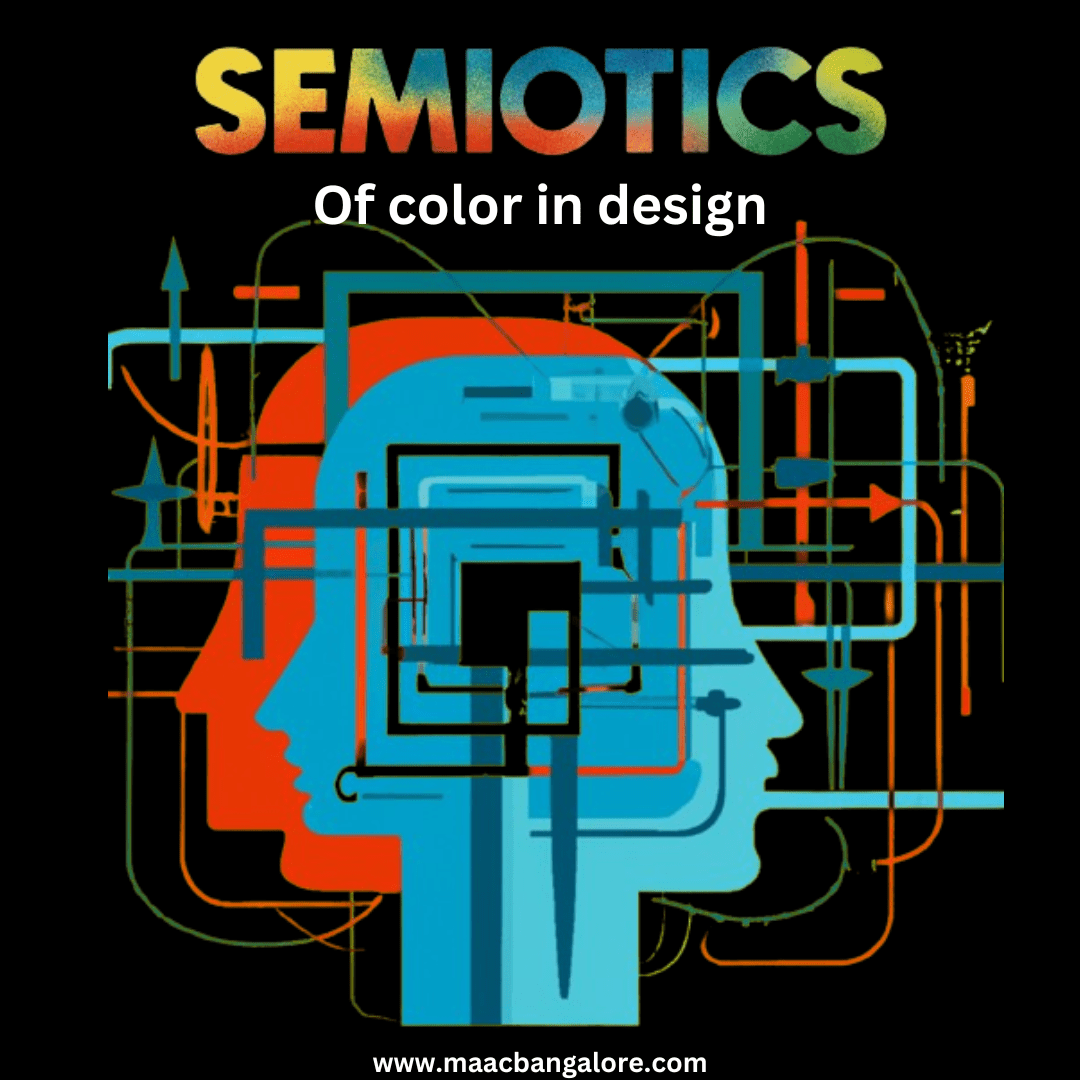The Semiotics of Color in Design
In the vast design landscape, color holds a unique and powerful position. It’s more than just an aesthetic choice; it’s a complex system of communication that conveys messages, evokes emotions, and influences perceptions. The study of signs and symbols, known as semiotics, delves into how color operates within these parameters, making it a critical component in any designer’s toolkit.

The Semiotics of Color in Design
Understanding Semiotics
At its core, semiotics is the study of signs and symbols and their use or interpretation. In design, this translates to understanding how visual elements like color can signify different meanings and evoke particular responses. This understanding helps designers create more effective and impactful work by tapping into the subconscious of their audience.
The Language of Color
Colors act as a visual language, each with its own set of associations and connotations. These can vary significantly across different cultures and contexts, making it essential for designers to consider their target audience when choosing a color palette.
Red, for instance, is a color that universally signifies strong emotions. It can denote love and passion, but also anger and danger. In Western cultures, red is often associated with excitement and energy, making it a popular choice in branding for companies like Coca-Cola and Red Bull. In contrast, in some Eastern cultures, red symbolizes luck and prosperity.
Blue is another color loaded with meaning. It’s often linked to calmness and stability, which is why it’s a prevalent choice in corporate design and tech industries, where trust and reliability are key messages. Brands like Face book and IBM leverage blue to communicate these values. However, in some cultures, blue can also be associated with mourning and sadness, highlighting the importance of cultural sensitivity.
Yellow generally conveys happiness, optimism, and warmth. It’s an attention-grabbing color that can evoke feelings of joy and positivity, making it suitable for brands aiming to create a cheerful and approachable image. Companies like McDonald’s and IKEA use yellow to convey friendliness and energy.
Green typically represents nature, health, and tranquillity. It’s commonly used by brands that want to emphasize their eco-friendliness or connection to nature, such as Whole Foods and Tropicana. The color green is also associated with growth and renewal, making it a popular choice for wellness and lifestyle brands.
Black and white operates differently in the color spectrum, often used to signify sophistication, simplicity, or purity. Black is frequently associated with luxury and elegance, making it a staple in high-end fashion brands like Chanel and Gucci. White, on the other hand, is often linked to cleanliness and minimalism, common in tech and lifestyle brands such as Apple and Tesla.
Context Matters
The semiotics of color doesn’t exist in a vacuum. The context in which a color is used can dramatically alter its perceived meaning. For instance, the color pink, which is often associated with femininity and softness in Western cultures, can take on different connotations in other parts of the world. In Japan, pink is seen as a symbol of spring and the fleeting nature of life, tied to the cherry blossom season.
Combining Colors
The combination of colors also plays a crucial role in semiotics. Complementary colors can create a sense of balance and harmony, while contrasting colors can draw attention and create dynamic visuals. Designers must consider how colors interact with each other and the overall message they want to convey.
The Designer’s Palette
For designers, understanding the semiotics of color is like having a secret language. It allows them to craft visuals that speak directly to the audience’s subconscious, creating deeper connections and more memorable experiences. This knowledge empowers designers to go beyond mere aesthetics, tapping into the rich tapestry of meanings that colors can convey.
The semiotics of color in design is a fascinating and essential aspect of visual communication. By understanding the intricate meanings and cultural contexts of colors, designers can make more informed choices that resonate with their audience on a deeper level. Whether it’s evoking emotions, conveying brand values, or simply catching the eye, the strategic use of color is a powerful tool in the hands of a skilled designer.

Recent Comments